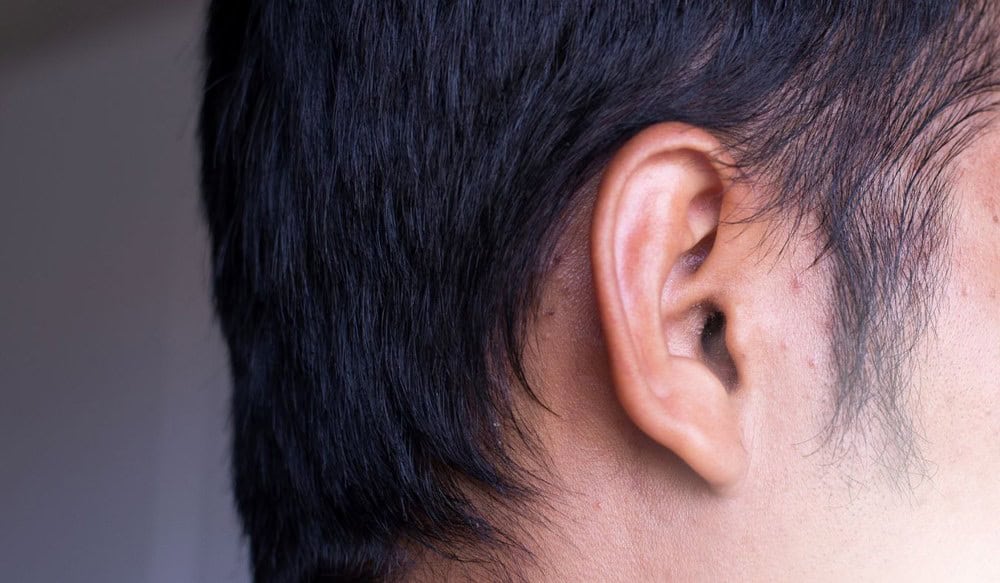The Role of ENT Specialists in Treating Voice Disorders
Our voices do more than just carry our words – they express our


Our voices do more than just carry our words – they express our

Winter brings more than just cold temperatures and freezing rain – it

Ever wondered how the cool breeze that brings relief from the summer heat